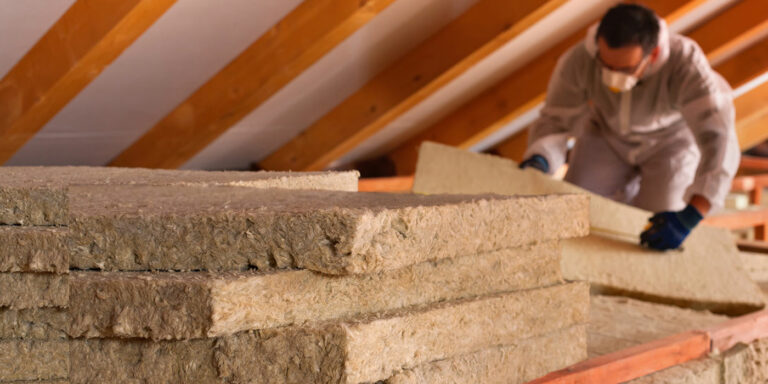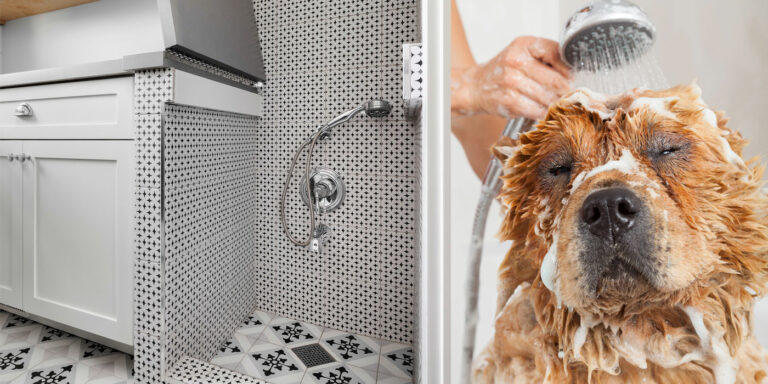With summer in full swing and fall quickly approaching, take the time to stay on top of home maintenance tasks to preseve your property value and keep your home safe and comfortable. Here’s the only August homeowner to-do list you’ll need this month:
1. Replace AC filter
To keep your air conditioner unit running efficiently and to extend its lifespan, replace the filter every 2 months. A clogged air filter restricts air flow causing the unit to work harder. Replace the filter more often during a heat wave when the unit is running frequently. If you have environmental allergies you may want replace the filter monthly.
2. Maintain garden
Depending on the weather where you are, gardens can start to look a little wild in August. Trim back plants that are starting to look overgrown or are crowding other plants. Pull out weeds including the roots. Be on the lookout for damaged, diseased or dead plants and prune them out. If August is hot and dry, water your gardens regularly.
3. Share your harvest
If you have a successful vegetable garden, chances are you will have an overabundance of produce all at once. Share your harvest with your family and neighbours. Some communities have food banks that accept fresh produce. If you still have a surplus of produce, consider preserving it through canning, freezing, pickling, or dehydrating.
4. Organize garage
The end of the summer is a great time to organize the garage. Start by removing everything from the garage. Dust and clean the garage surfaces using a shopvac then give the floor a good soapy wash. If storage is an issue, build new storage solutions while the garage is empty. Next, put everything back and purge what you no longer need or use.
5. Finish outdoor projects
Aim to have any outdoor projects you started earlier this year completed before the end of the month. Use the long days of August daylight to get your projects done. When September comes and the days are shorter, you’ll be busy preparing the house and property for fall and winter weather.
6. Check for bugs
Do a inspection of the exterior of your house and look for ant hills, wasp nests, or any signs of insect activity. Visually check the walls and roof of your home as well as any vegetation, woodpiles or piles of debris in close proximity to your home. Removing insects that are living close to your house will minimize the risk of them entering your house.
7. Monitor gutters
It’s important to thoroughly clean out all your gutters twice a year in the spring and fall. But after a few big summer storms, your gutters can fill up with leaves and debris. Watch for rainwater spilling over the edge of the gutter instead of draining to the downspout. Remove any accumulated debris from that area so water can drain freely.
8. Organize coat closets
As summer vacations end, the coat closets by your entrances will start to be used more often. Shoes and boots stored in the closet can bring a lot of dirt so remove them and vacuum then wash the floor. Go through your coats and jackets and donate what is no longer worn. Organize the top shelf with easy to pull down baskets.
9. Water the lawn
August heat and less rain can start to turn your lawn an unsightly brown. Don’t be discouraged. It will bounce back in September when the temperature cools and we get more rain. Continue to water ideally before 10:00am or if that’s not possible, from 4:00- 6:00pm. Make sure to adhere to water restriction rules in your area.
10. Store summer gear
You may still be using patio furniture past August but you can start to store summer items that will no longer be needed. Things like garden tools, beach gear, camping gear, folding chairs and other summer items that won’t be used until next summer. Clean everything before you store so that they will be ready for next year. Discard any broken items.
11. Inspect basement
Look for standing water or signs of moisture in your basement. Condensation can accumulate on cold floors and walls in the summer months. Damp basements have a musty smell and are a breeding ground for mould and mildew. A dehumidifier will remove moisture and improve air quality. If you see water in your basement, make any necessary repairs.
12. Test carbon monoxide and smoke detector batteries
Continue to test all your battery powered and hard wired detectors. Most detectors have a test button and will sound a short alarm that indicates the unit is working. Replace any non- functioning or outdated detectors.



